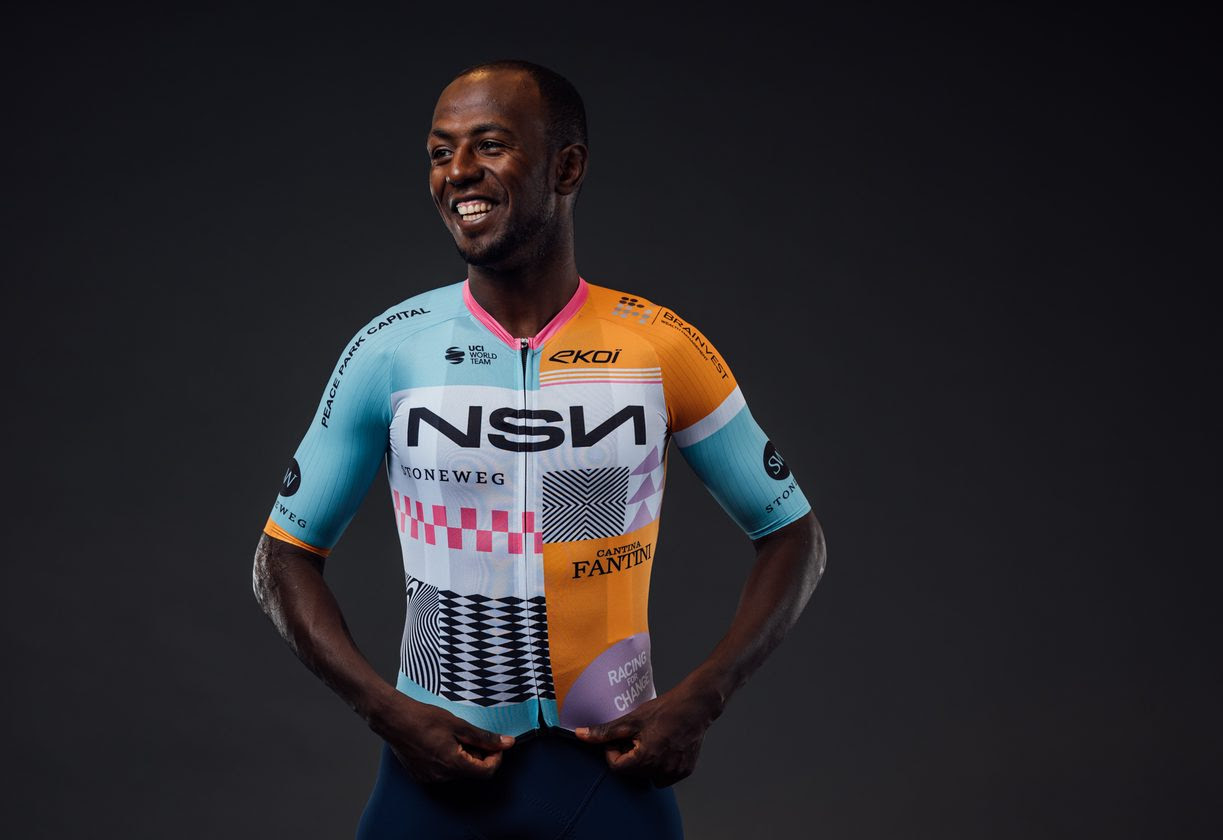'Illegal and unacceptable' - SEP team hit out at UCI over Najar CERA case
Argentinian team facing ban after two positive tests
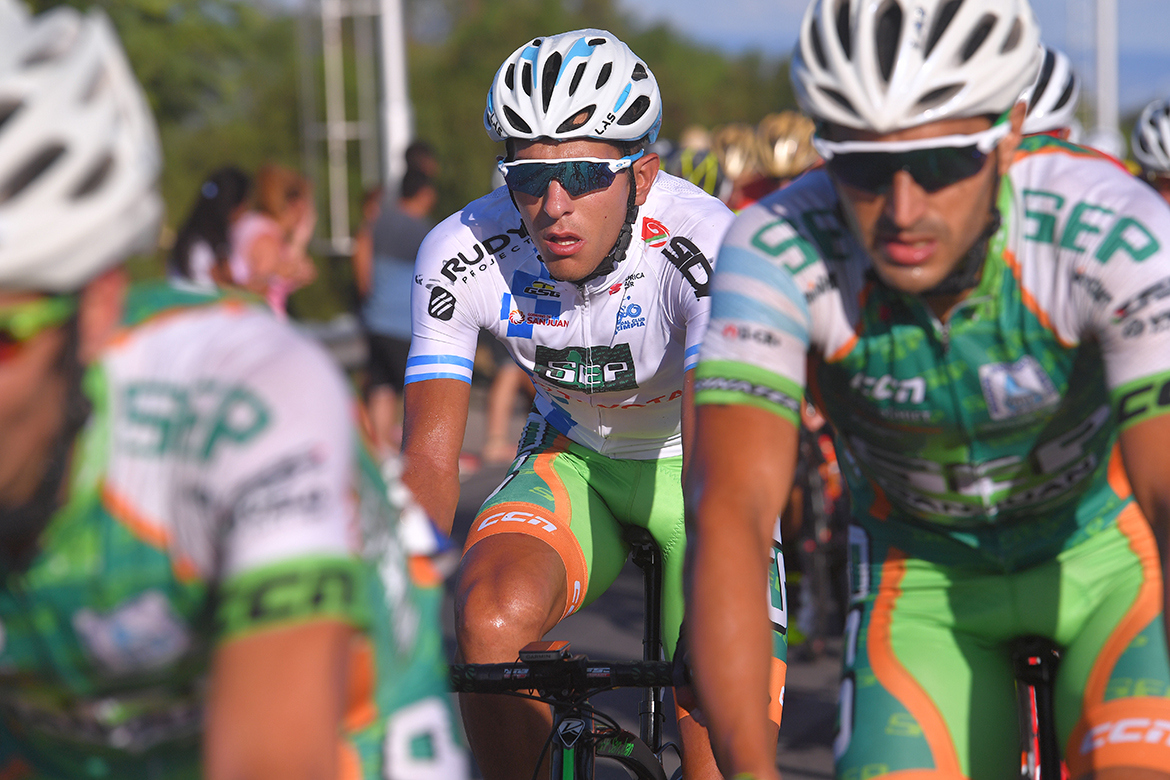
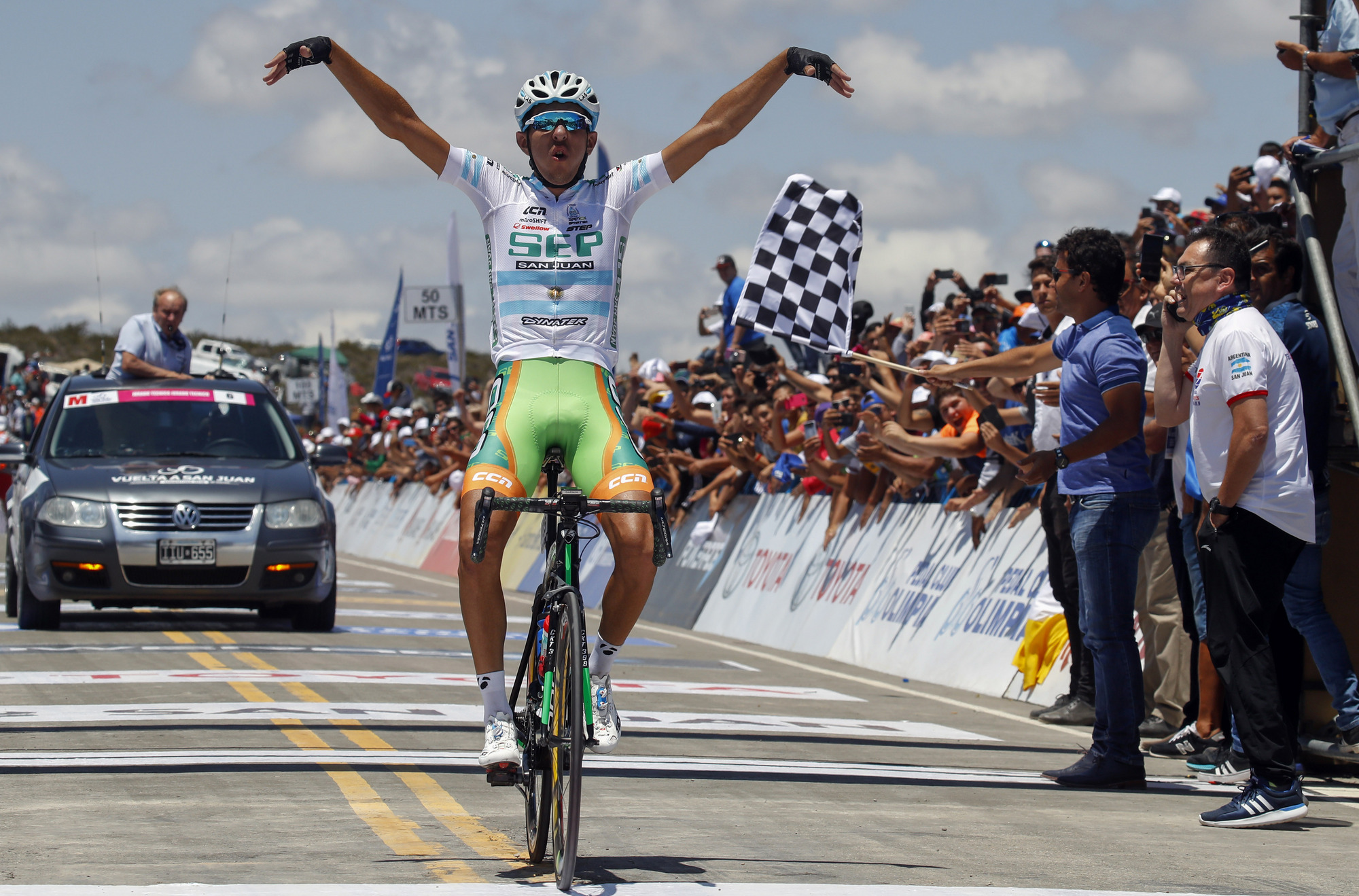
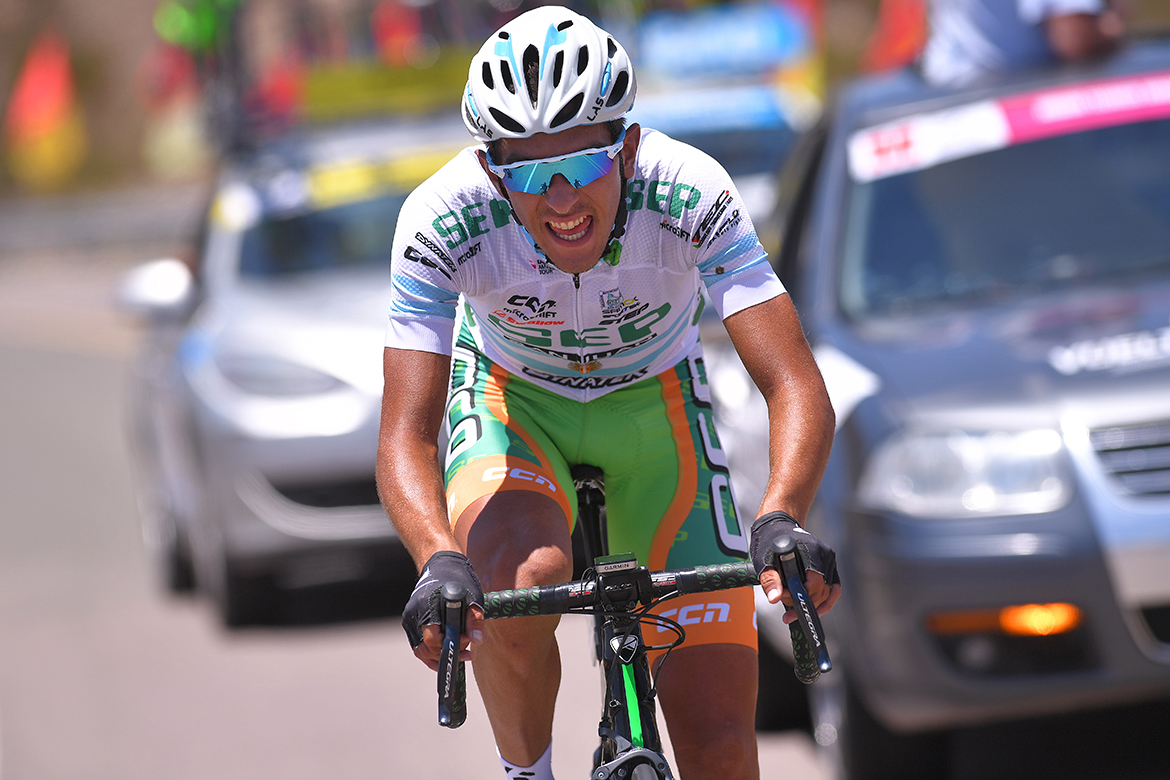
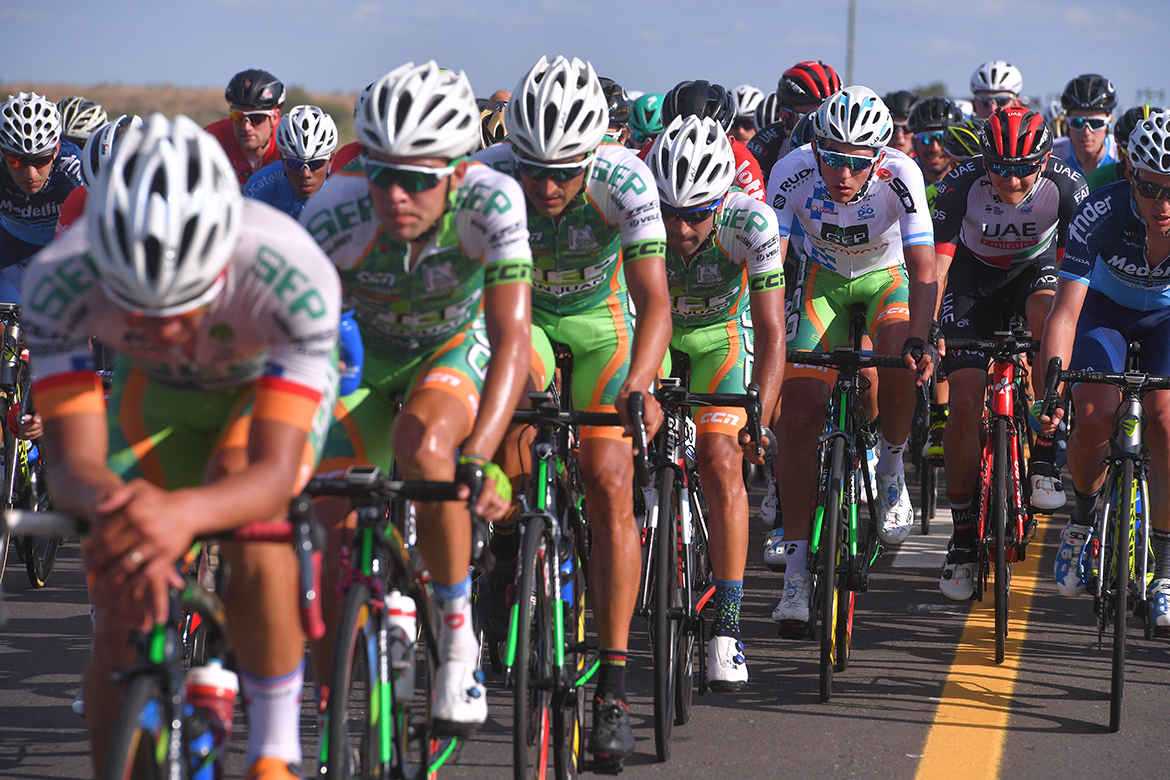
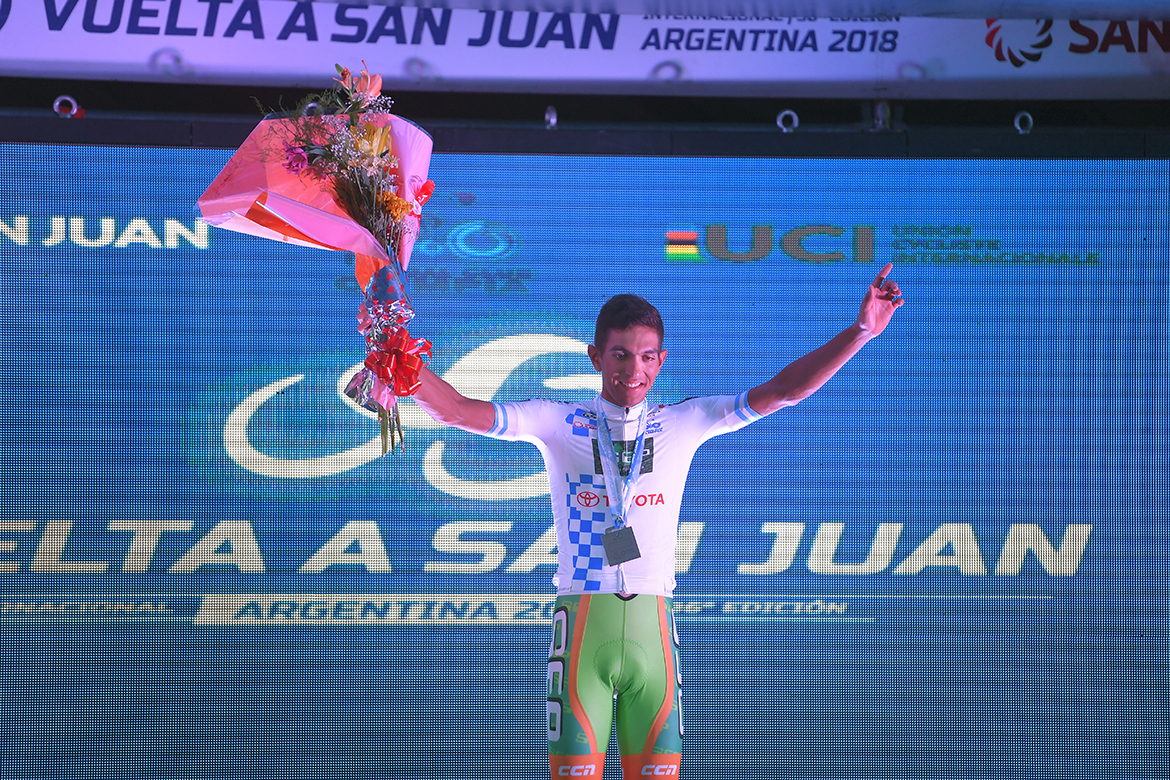
The SEP San Juan team have responded to the news of Gonzalo Najar's positive test for CERA at the recent Vuelta a San Juan, issuing a near 3000-word statement claiming that the UCI and its Cycling Anti-Doping Foundation (CADF) acted illegally in its handling of Najar's sample.
Najar won the overall classification the 2018 Vuelta a San Juan in January after winning atop the Alto de Colorado on stage 5. The UCI confirmed on Monday that he had returned an adverse analytical finding for CERA - a derivative of EPO - in sample taken after the first stage of the race. He now faces a ban of up to four years if the B-sample analysis confirms the findings.
A second rider from the SEP San Juan team, Gaston Javier, also failed a doping test at the race - in this case for an anabolic steroid - and the team therefore faces a ban from competition of 15-45 days for two failed tests within a 12-month period.
The team are also defending Javier, arguing that the elevated levels of testosterone in his system were produced naturally, though the bulk of their statement on Tuesday was devoted to the case of Najar, who now risks being stripped of his San Juan title, arguably the biggest victory in the team's history.
According to the team, the process that led to the AAF is 'inapplicable, unacceptable, and illegal' - words which appear frequently in the statement, and often in bold.
The team claims that Najar's A-sample from that first stage was deemed insufficient - that is, the testers were unable, for whatever reason, to analyse it properly. The UCI then proposed to take Najar's B-sample, open it, and divide it in two, using the first portion as the A-sample and the second portion as the B-sample, to be tested should a banned substance be detected in the 'new' A-sample.
Najar and the SEP San Juan team opposed this proposal. However, after several email exchanges, the UCI pressed on and opened and divided the B-sample, in which CERA was detected.
The latest race content, interviews, features, reviews and expert buying guides, direct to your inbox!
"The opening of the B-sample is inapplicable, unacceptable, illegal, and lacks any legal, regulatory, or scientific basis," reads the statement.
Contacted by Cyclingnews, the UCI said it would not comment on a 'procedure in progress'.
Email exchange
The team explain that the CADF emailed Najar on February 12, notifying him that his A-sample was insufficient and asking him to sign a form authorising them to open his B-sample. He replied, denying authorisation.
The team outline their motives, arguing that it is the responsibility of the Doping Control Official (DCO) and Blood Control Official (BCO) to ensure an athlete's sample is adequate. Citing both the UCI's and the World Anti Doping Agency's regulations, they set out that if the BCO can't take enough blood, he/she will try again up to a maximum of three attempts in total, at which point the BCO informs the DCO and the session will be terminated. They claim no such issues were encountered on the date in question, January 21.
"This is unacceptable and unjust," they state. "Moreover, the message does not detail nor justify with any objective proof that the sample in question was insufficient… In effect, upon the opening of that second sample - hypothetically resulting in an AAF - you take away the possibility of having recourse to the counter-analysis, a fundamental right when defending yourself against an such a finding."
The team then claim the CADF emailed again on March 12, this time explaining that the B-sample would be divided in two. Once again, the team pushed back on March 25.
The CADF then emailed again on March 26, outlining article 6.5.1 of the UCI's anti-doping regulations, which states: "Any Sample may be subject to further analysis by the UCI at any time before both the A and B Sample analytical results (or A Sample result where B Sample analysis has been waived or will not be performed) have been communicated by the UCI to the Rider as the asserted basis for an Article 2.1 anti-doping rule violation."
The CADF stated its intention to open and test part of the B-sample, not asking for authorisation, but asking if Najar or a representative will be present as a witness.
Najar and the team once again replied a couple of days later, arguing with the wording of the regulation.
"Just from reading this, it can first of all be established that this refers to an additional analysis, that is, following one that has already taken place, a circumstance that is absent in this case," they wrote. "Secondly, this recourse can only be used in the case of having established the presence of prohibited substances. Here, there exists no previous analysis, and less still has the presence of prohibited substances been established. On the other hand, what is beyond doubt is, taking as read the insufficiency of the A-sample, that there was improper conduct on the part of the acting officials at the time of sample collection.
"We reiterate that the proposed division of the B-sample constitutes an illegal action. There exists no rule that allows it, so we oppose its opening and division. The division represents a danger to the rights of the person concerned, and opens up the possibility of contamination to the sample in opening and dividing it and then storing it in a new receptacle. Moreover, who ensures that the left-over portion is adequate for a B-sample?
"All this makes it perfectly clear that what is being proposed is unjustifiable and unacceptable."
Following that email, the CADF opened the B-sample, divided it in two, and tested the first portion. They informed Najar and the team of the Adverse Analytical Finding on May 3.
The team ended their public statement on Tuesday with a vow to fight on with their legal battle.
"We will work tirelessly to ensure the law determines that the procedure is invalid and that both the CADF, the UCI, and other bodies have caused incalculable damage to the rights and dignity of the cyclist and the team," the team said.

